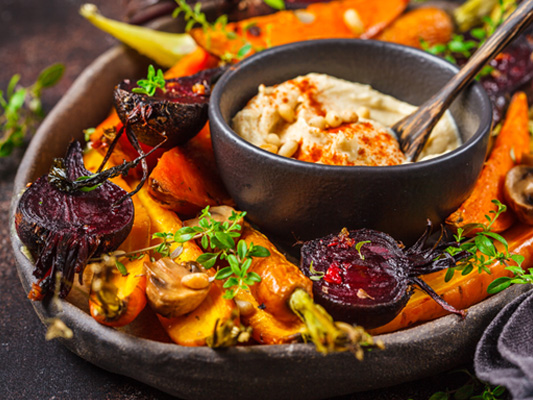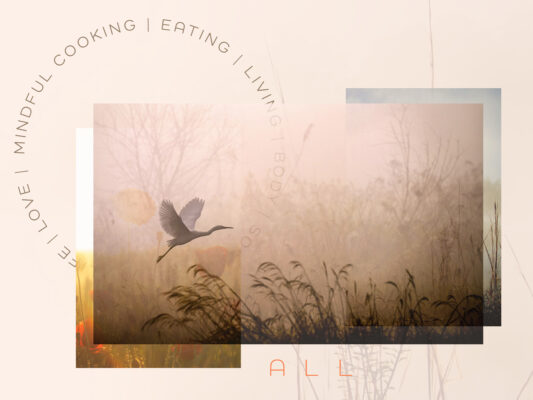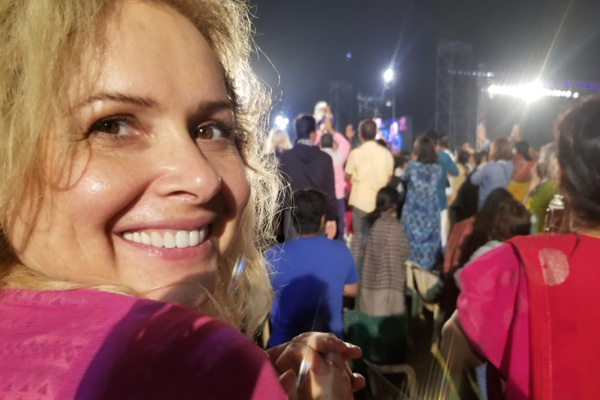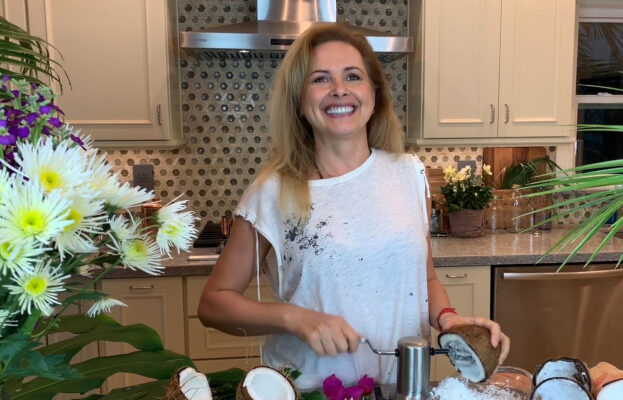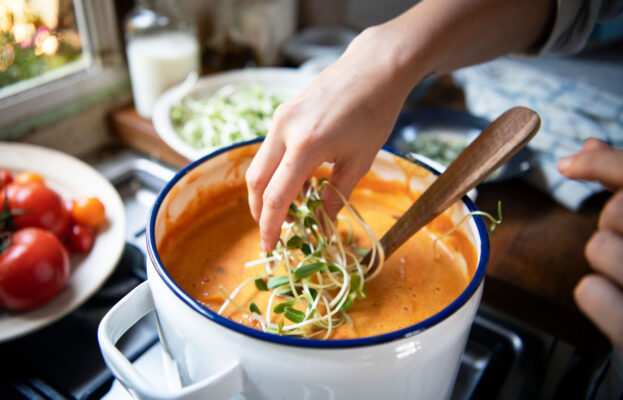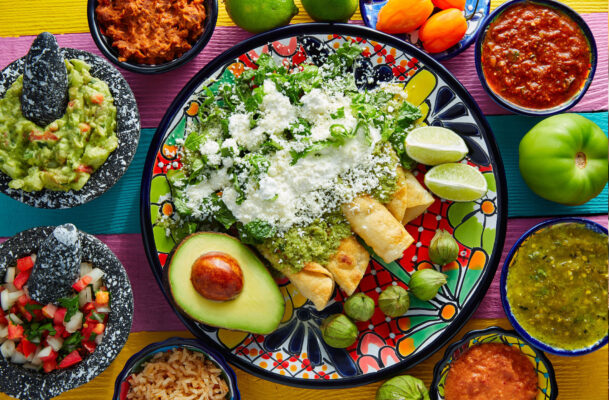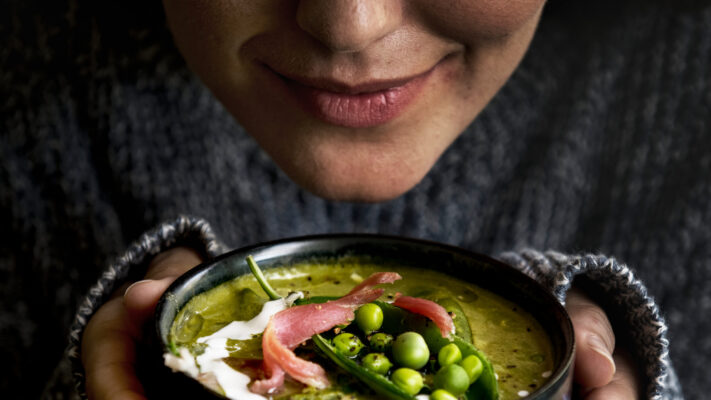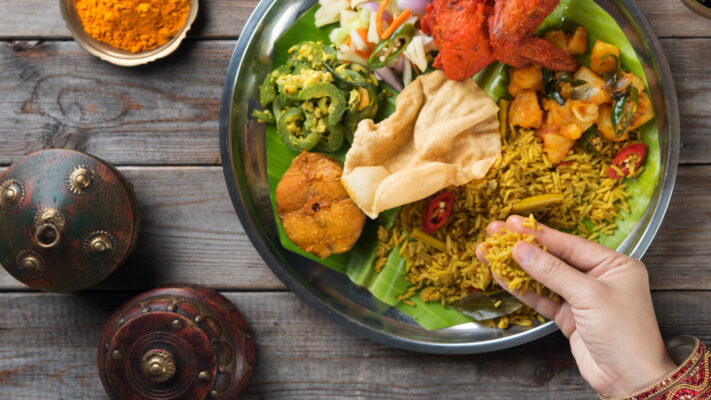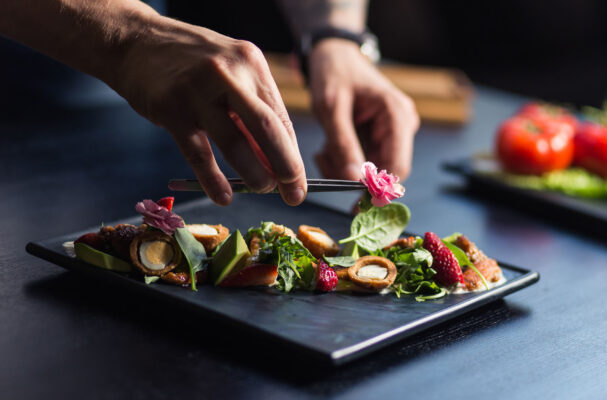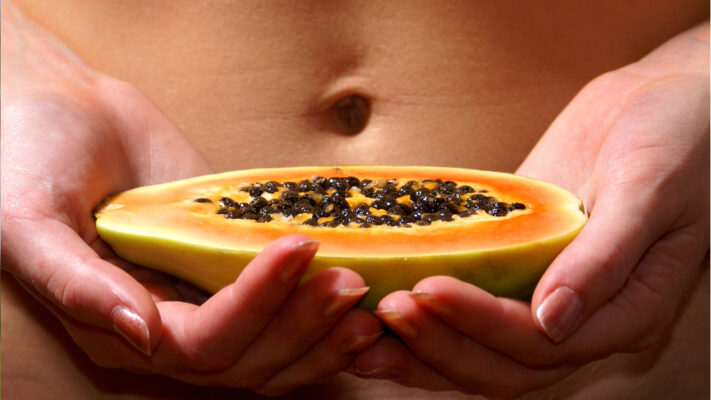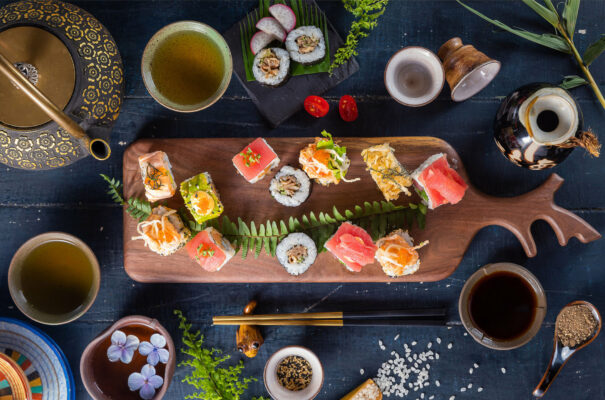Hunger 🤤
Hunger is like our body’s friendly reminder that it’s time to fuel up! ⏰ When our energy levels are running low, our body is like, “Hey, I need more food to keep going!” 🏃♀️💨 And so, the hunger games begin! (But, like, the actual hunger games, not the movie)
Our brain has this cool way of letting us know it’s time to eat. It sends out a signal to release ghrelin, a hormone that’s all about getting our appetite going. 🍽️ Think of ghrelin as the cheerleader for our stomach, waving its pom-poms and chanting, “Let’s eat, let’s eat, let’s eat!” 🕺🏼
But ghrelin isn’t working alone. There’s another hormone called leptin that’s kind of like the appetite police. Leptin, produced by our fat cells, steps in to say, “Hold up! We’re full, no more food needed right now!” When we’ve got enough energy, leptin keeps our appetite in check. But when we’re low on fuel, leptin takes a backseat, letting ghrelin lead the way. 🚗💨
Hunger is actually super important for our survival. It’s like a built-in GPS guiding us to the nutrients we need to stay healthy and happy. By understanding how hunger works, we can better listen to our body’s true needs and make smarter choices about when and what to eat.
And that, my friend, is the inside scoop on hunger!
Nutritional Needs ⚖️👩🏼🔬
Our bodies are kind of like super complex machines that need a bunch of different fuel sources to keep running smoothly. 🏃♀️🔧 We need proteins to build and repair our tissues, fats to keep our cells in tip-top shape, carbohydrates for that quick energy boost, and a whole bunch of vitamins and minerals to make sure everything is working just right.
Sometimes, we get these cravings for specific foods, and it’s like our body’s way of sending us a secret message: “Psst, I need more iron!” or “Hey, how about some vitamin C?” It’s pretty amazing how our bodies know exactly what they need and try to communicate that to us. 🧠✨
So when craving something, listening to what your body might be telling you is the key. Maybe it’s asking for a little more calcium 🥛, or perhaps some omega-3 fatty acids. By paying attention to our nutritional needs, we can help our bodies stay healthy and happy!
Taste and Pleasure 😋😊
You know that amazing feeling when you take a bite of your favorite food and it’s like fireworks going off in your mouth? Well, that’s our brain’s way of saying, “Mmmmm! This is so good; let’s have more!” 🤤
Our brains are total pleasure-seekers, always on the lookout for experiences that make us feel good. And guess what? Eating happens to be one of the best feel-good activities out there! 🍽️
When we dig into something delicious, our brain releases this cool chemical called dopamine. Dopamine is like the ultimate party planner for our brain’s reward system. 🧠🎊 It’s what makes us feel all warm and fuzzy inside when we’re enjoying a tasty meal.
So, it’s no surprise that we tend to seek out foods that make us feel great. Whether it’s a scoop of ice cream on a hot day or a comforting bowl of soup when we’re feeling under the weather, our brains are always on the hunt for those tasty, dopamine-inducing bites.
By understanding the role of taste and pleasure in your eating habits, you can appreciate the joy of food while also making mindful choices that keep your body satisfied.
Emotional Eating 🥺🍫
Ever had one of those days when you just need a big ol’ slice of chocolate cake to make everything feel better? We’ve all been there, right? When life gets a bit overwhelming, sometimes we turn to food as our trusty sidekick to help us cope.
Emotional eating happens when we use food to comfort ourselves during times of stress, anxiety, or sadness. Instead of eating because we’re hungry, we eat to soothe our feelings. And you know what? There’s some science behind why it works!
When we munch on our favorite comfort foods, our body releases endorphins, aka the “feel-good” chemicals. These endorphins act like little happiness superheroes, swooping in to save the day and make us feel all warm and fuzzy inside.
But while emotional eating might help in the short term, it’s important to find healthier ways to deal with our emotions in the long run. So when feeling blue, going for a walk 🚶♀️, chatting with a friend 📞, or practicing some deep breathing exercises instead (or in addition) of munching on your favorite treats might be a great idea. That way, you can take care of your feelings without relying too much on food.
After all, it’s all about finding balance and treating our bodies and emotions with love and care.
Social and Cultural Factors 🌏🥂
Food is so much more than just fuel for our bodies; it’s also a way for us to connect with others and celebrate our cultures. Think about it: How many of your best memories involve sharing a meal with loved ones or enjoying a festive feast? 🍽️
Our eating habits are heavily influenced by the social and cultural norms that surround us. From family dinners to holiday celebrations and even those quirky food traditions that only make sense to your friend group, these experiences all contribute to the urge to eat in a social context.
When we gather around the table, it’s like we’re saying, “Hey, we’re in this together, and we’re celebrating life through the joy of food!” 🥳🌮 And that’s pretty amazing, right?
But it’s also important to find balance and make sure we’re enjoying these social and cultural experiences without overindulging. So, savor the flavors, enjoy the company, and remember that it’s okay to say “no” to that extra helping if you’re already full.
By embracing the social and cultural aspects of eating while staying mindful of our body’s needs, we can fully appreciate the beauty of food and create lasting memories with our loved ones.
Habits and Routines ⏰🍞
We all have those daily rituals that keep us ticking, right? From your morning coffee ☕ to that 3 PM snack break, our habits and routines play a big part in when and why we feel the urge to eat.
Sometimes, we get hungry just because it’s “that time of day”, even if our bodies don’t necessarily need more fuel. It’s like our brains are saying, “Hey, it’s lunchtime, so we must be hungry!”
These patterns can become deeply ingrained, and before we know it, we’re eating on autopilot. But it’s essential to stay mindful of our body’s true needs and recognize when we’re eating out of habit rather than hunger.
So, how can we break free from the routine rut? Try mixing things up a bit! Swap out your usual afternoon snack for a refreshing glass of water 💧 or take a brisk walk 🚶♂️ to see if you’re genuinely hungry or just following the habit loop.
By paying attention to your habits and routines, you can make smarter choices about when and what to eat, ensuring you’re fueling your body with love, care, and intention. 🌟🍇🍲
Environmental Cues 🌆🍟
You know that feeling when you walk by a bakery and the smell of fresh bread makes your mouth water? Or when you see an ad for a juicy burger, and suddenly you’re craving one like nobody’s business? Well, welcome to the wild world of environmental cues!
Our surroundings can have a sneaky way of making us want to eat, even when we’re not actually hungry. From tempting food ads to seeing others indulge in a tasty treat 🧁👀, these cues can trigger the desire to eat like some kind of Pavlovian response. 🛎️🤤
But fear not, my friend! There are ways to outsmart those pesky environmental cues. Try focusing on your body’s internal signals, like hunger and fullness, rather than giving in to every tempting sight or smell.
And if you find yourself reaching for a snack just because it’s there, take a step back and ask yourself: “Am I really hungry, or is this just the power of suggestion?”
By tuning into our body’s needs and being mindful of the influences around us, we can make more intentional choices about when and what to eat.
Learned Associations 🧠🍦
Have you ever noticed that certain foods remind you of happy times? Like how a scoop of ice cream takes you back to those carefree summer days as a kid 🍨🚴♀️, or a warm cup of cocoa makes you think of cozy winter nights by the fire. These connections are called learned associations, and they can be super powerful when it comes to our eating habits!
Over time, we develop these links between specific foods and positive experiences or emotions 😊🍫. Our brains are like, “Hey, this food made us feel good before, so let’s have it again!” 🧠🍕 And voilà, we start craving those feel-good foods in similar situations or when we want the same positive feelings.
But, while it’s totally okay to enjoy these nostalgic nibbles from time to time, it’s also important not to let learned associations control our eating habits.
So, next time you’re craving that comforting mac ‘n’ cheese, take a moment to ask yourself: “Am I really hungry, or am I just chasing a feel-good memory?”
By being mindful of our learned associations and focusing on our body’s true needs, we can find balance and make healthier choices that still bring us joy.
Be Alive 🌱
Love ❤️, Julia
🍽️ Hunger games 😋
Filling the Void: A Heartfelt Approach to Taming Emotional Eating and Heart Hunger
Cravings of the Heart: Soulful Bites and Emotional Eating You know how sometimes we crave [...]
Embracing Body’s Signals: Understanding Cellular Hunger and Seasonal Eating Patterns
Natural Instincts You know, when we were just little babies, we knew exactly when to [...]
Mastering Mouth Hunger for a Deliciously Mindful Life
You know, that irresistible craving for something delicious, even when you’re not really hungry? Yep, [...]
Scent-ful Indulgence: Exploring Nose Hunger Through Mindful Practices
🍭 The “Evil” Temptress: Kilwins and the Scent-sational Power of Aroma Oh, let me tell [...]
A Tactile Feast: Touching Traditions and Hands-on Experiences 🤌🏼
Hand to Mouth: Culinary Connections Once, after an invigorating yoga session, I joined my South [...]
Appetite Alchemy: How Cooking Can Make You Feel Less Hungry 🥄🔮
Beyond Recipes: Touch, Taste, and the Intimate Side of Cooking The magical experience we’re able [...]
Why am I Always Hungry? The Tummy Talk 🧩🍔
Why am I Always Hungry? Staring into the abyss of an empty cookie jar, you’ve [...]
Fulfilling Visual Cravings
Taking the Time to Appreciate Beauty: A Feast for the Eyes and the Soul Have [...]
Mindful Eating Meditation
GUIDED MEDITATIONS 💗
DISCLAIMER: The materials and the information contained on the Positive Pranic website are provided for general and educational purposes only and do not constitute any legal, medical, or other professional advice on any subject matter. None of the information on our videos is a substitute for a diagnosis and treatment by your health professional. Always seek the advice of your physician or other qualified health providers prior to starting any new diet or treatment and with any questions you may have regarding a medical condition. If you have or suspect that you have a medical problem, promptly contact your health care provider.



